
2018: Celebrating 25 years of Scientific Progress
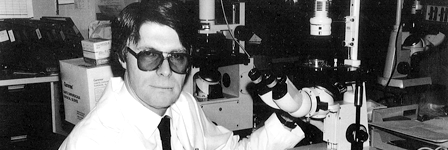
In the 1970s and 80s, research progress on blood-forming stem cells was limited by the lack of optimized cell culture media. Drs. Connie and Allen Eaves, cancer researchers and founders of the Terry Fox Laboratory in Vancouver, responded by developing a standardized media that allowed the growth of colonies of both red and white cells in the same culture dish. This media, called MethoCult™, became the world standard for studying normal and leukemic blood-forming stem cells. STEMCELL Technologies was founded in 1993 to enable the large-scale manufacture and global distribution of this media.
Since then, STEMCELL has grown to a company of more than 1500 Scientists Helping Scientists, sharing scientific advancements in the form of over 2500 products to support life science research.
The Science that Inspires You!
As part of our 25th Anniversary celebrations, we invited researchers to tell us about the discoveries that inspired their scientific pursuits. Over 500 submissions were received and 25 respondents were randomly selected to win a travel award to a conference of their choosing. Here are our favourites!
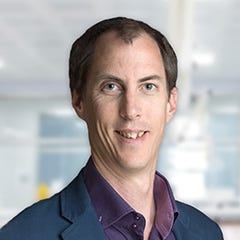
The discovery and then impact of the ER/PR and Her2 receptors on breast cancer. Their discovery not only allowed breast cancer to be sub-typed, but they also provided some of the first targets for truly personalized medicine (with either endocrine or Herceptin), which very quickly led to improved patient survival. A perfect example of research translating into real clinical impacts.
Dr. James Brown, National University of Ireland Galway, Ireland
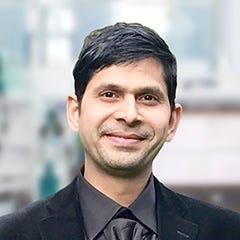
I am highly inspired by the novel role of extracellular vesicles in disease development and biomarker discovery. The extracellular vesicles, initially met with skepticism and considered the garbage bags of cells are increasingly recognized for their role in several physiological and pathological process. The signature protein and RNA cargo of these vesicles are cell and disease specific and increasingly validated for their role in biomarker discovery.
Dr. Vikas Verma, Mayo Clinic, USA
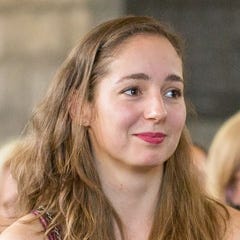
As a physician I was inspired by the discovery of 3D cell cultures (organoids) of pancreatic cancer that can be used for personalized prediction of treatment response. I think this discovery will revolutionize cancer medicine as we know it because of the avenues it opens in fundamental research into interindividual differences in this lethal disease.
Dr. Merel Aberle, Maastricht University, Netherlands
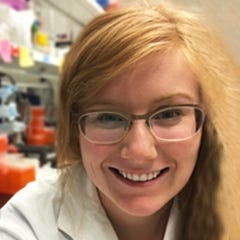
The discovery of various gene editing technologies including the CRISPR-Cas9 system and how quickly scientists have adapted it to answer such broad and varying questions is truly amazing! From generating animal models and cell lines to huge strides in the agricultural fields with developing new crop strains that will sustain the growing human populations, to the development of gene-editing based therapies for previously incurable disorders. It is definitely an exciting era to be a scientist!
Dr. Daria Wojtal, The Hospital for Sick Children, Canada

The generation of induced pluripotent stem cells (iPSCs) directly from adult cells, pioneered by Shinya Yamanaka’s lab in 2006, has inspired me the most. Yamanaka’s group successfully reprogrammed adult fibroblasts into iPSCs using just four genes OCT4, SOX2, KLF4, and C-MYC. This discovery was phenomenal as it holds much potential for disease modelling, drug development and organ synthesis. Currently, I am seeking to establish the use of patient-derived iPSCs as a platform to model monogenic diabetes. As human pancreatic tissues are not readily available for research, human iPSCs can provide an unlimited supply of differentiated pancreatic cells. Therefore, the differentiation of patient-derived iPSCs into pancreatic cells can serve as a good experimental model to characterize and elucidate the molecular pathways that underlie the disease, hence facilitating the discovery of potential therapeutic targets for the treatment of diabetes.
Blaise Low, Institute of Molecular and Cell Biology, Singapore
- Dr. Scott Allen, University of Sheffield, UK
- Dr. Dipanjan Basu, University of Pittsburgh, USA
- Dr. Kevin Beier, Stanford University, USA
- Justin Boyer, Cincinnati Children's Hospital, US
- Dr. Swati Dhar, Northwestern University, USA
- Dr. Tomas Gonzalez Fernandez, University California Davis, USA
- Mira Hammad, University of Caen-Normandy, France
- Vincent Jaenen, Hasselt University, Belgium
- Zackery Knowlden, University of Rochester, USA
- Chaini Konwar, University of British Columbia, Canada
- Sarah Lepage, University of Guelph, Canada
- Rebecca Mok, Hospital for Sick Children, Canada
- Niece-Naomi, Nmezu Aston University, UK
- Dr. Christina O'Neill, Queen's University Belfast, UK
- Anunya, Opasawatchai, Mahidol University, Thailand
- Karen Poh, Texas A&M University, USA
- Bhargav Sanketi, Cornell University, USA
- Dr. Stacey Skaalure, Imperial College London, UK
- Anirudh Subramanian Muralikrishnan, Medical University of Graz, Austria
- Evan Warner, Vancouver Coastal Health, Canada
We are thankful for all of the great submissions. It was wonderful learning about the science that inspires you. We hope you’ll continue to celebrate science and invite you to learn about some recent discoveries that have inspired us.


